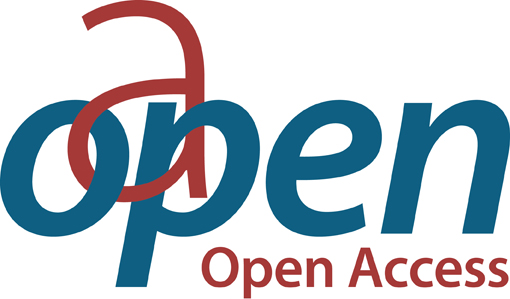Religion and Artificial Intelligence
Proposal review
An Introduction
| dc.contributor.author | Singler, Beth | |
| dc.date.accessioned | 2024-11-22T11:23:17Z | |
| dc.date.available | 2024-11-22T11:23:17Z | |
| dc.date.issued | 2025 | |
| dc.identifier.uri | https://library.oapen.org/handle/20.500.12657/94820 | |
| dc.description.abstract | Artificial intelligence (AI) is rarely out of the news or the public imagination. Images of red-eyed Terminators illustrate press accounts of incremental advances in medical diagnosis, facial recognition, natural language processing, and robotics. Such advances are transforming society through measurable impacts on people’s decisions and opportunities. Religion and Artificial Intelligence: An Introduction explores an emerging field with a religious studies approach, drawing on cultural and digital anthropological methods to demonstrate the entanglements of religion and AI, our imaginaries of these objects and our ideas about their utopian or dystopian futures. It addresses key topics, including the following: What AI is and is not. How religions are reacting to AI with examples of rejection, adoption, and adaptation. How established religions understand creation and place human-like AI within that. How overtly secular and even ‘new atheist’ groups understand AI as a tool for liberation from human evolution and religion. Religious visions of superintelligent AI. This engaging book is essential for anyone considering the relationship between religion, science and technology, and interested in the questions raised by transhumanism, posthumanism, and new religious movements. | en_US |
| dc.language | English | en_US |
| dc.relation.ispartofseries | Engaging with Religion | en_US |
| dc.subject.classification | thema EDItEUR::Q Philosophy and Religion::QR Religion and beliefs::QRA Religion: general::QRAM Religious issues and debates::QRAM3 Religion and science | en_US |
| dc.subject.other | AI;Adoption;Adaptation;future;transhumanism;data | en_US |
| dc.title | Religion and Artificial Intelligence | en_US |
| dc.title.alternative | An Introduction | en_US |
| dc.type | book | |
| oapen.identifier.doi | 10.4324/9781003256113 | en_US |
| oapen.relation.isPublishedBy | 7b3c7b10-5b1e-40b3-860e-c6dd5197f0bb | en_US |
| oapen.relation.isbn | 9781003256113 | en_US |
| oapen.relation.isbn | 9781032187648 | en_US |
| oapen.relation.isbn | 9781032187631 | en_US |
| oapen.relation.isbn | 9781040121801 | en_US |
| oapen.imprint | Routledge | en_US |
| oapen.pages | 229 | en_US |
| oapen.remark.public | Funder name: University of Zurich | |
| peerreview.anonymity | Single-anonymised | |
| peerreview.id | bc80075c-96cc-4740-a9f3-a234bc2598f1 | |
| peerreview.open.review | No | |
| peerreview.publish.responsibility | Publisher | |
| peerreview.review.stage | Pre-publication | |
| peerreview.review.type | Proposal | |
| peerreview.reviewer.type | Internal editor | |
| peerreview.reviewer.type | External peer reviewer | |
| peerreview.title | Proposal review | |
| oapen.review.comments | Taylor & Francis open access titles are reviewed as a minimum at proposal stage by at least two external peer reviewers and an internal editor (additional reviews may be sought and additional content reviewed as required). |

